We have a collection of videos below that show you how to change the clock on your Suzuki, how to fold the rear seats to make more room, how to open the bonnet and more. Small things that can make life a little easier!
Under the Bonnet
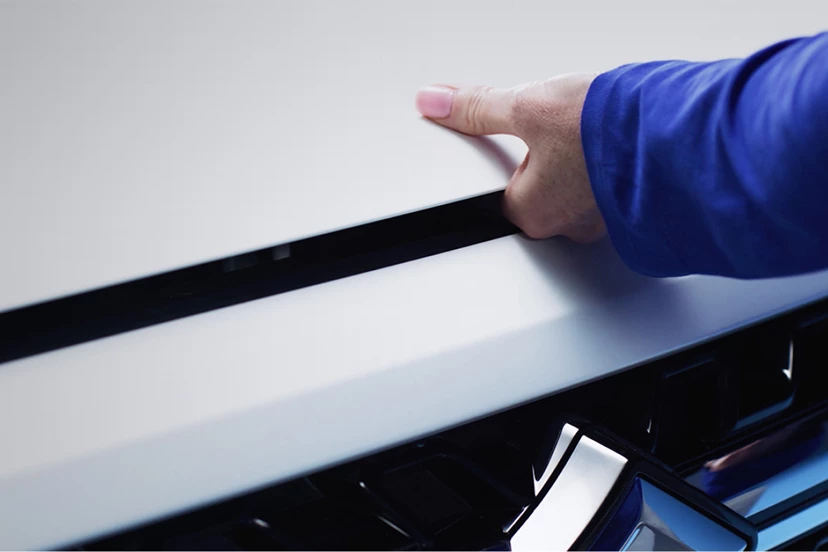

How to open the bonnet
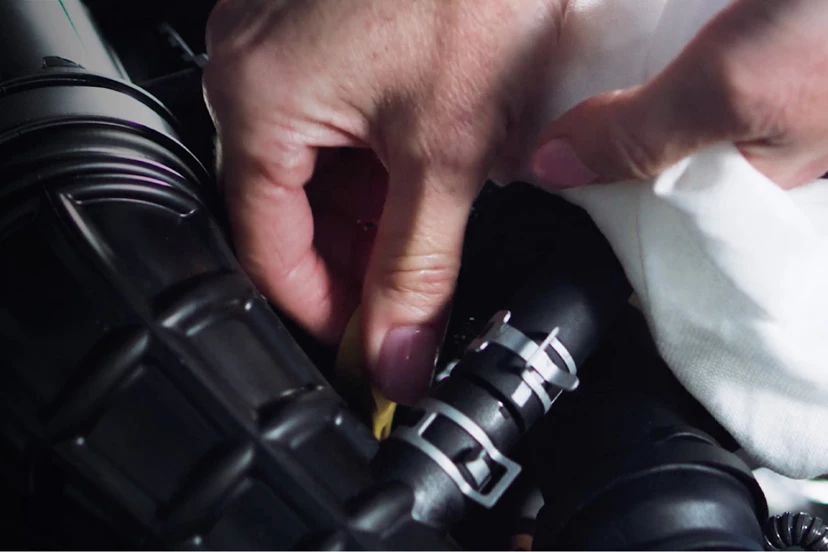

How to check engine oil, coolant and screenwash
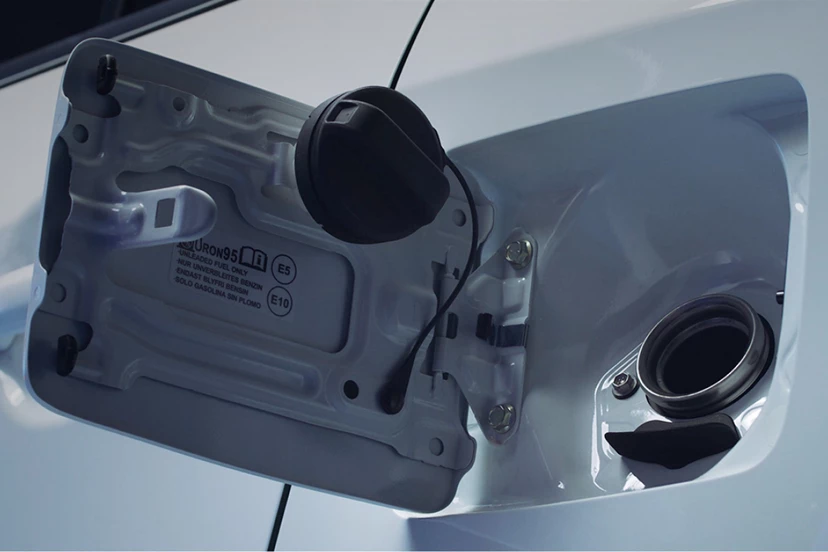

Opening the fuel cap
Getting ready to drive
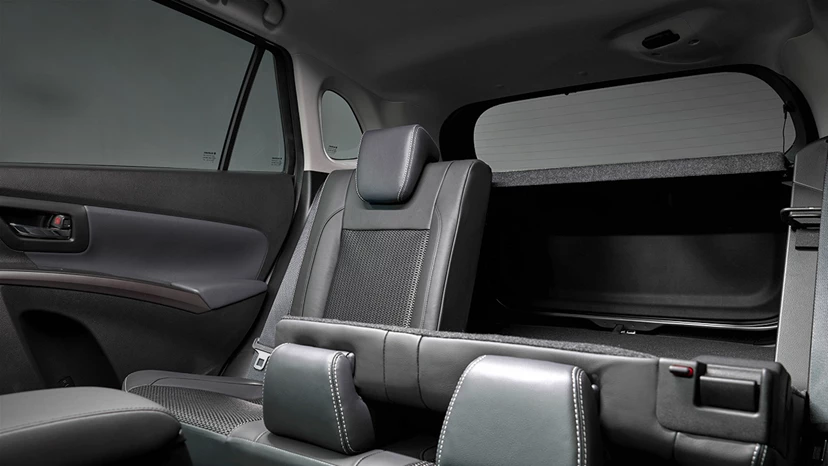

Folding your rear seats


Seat and steering wheel adjustment
Using your car


360-view camera and parking sensors
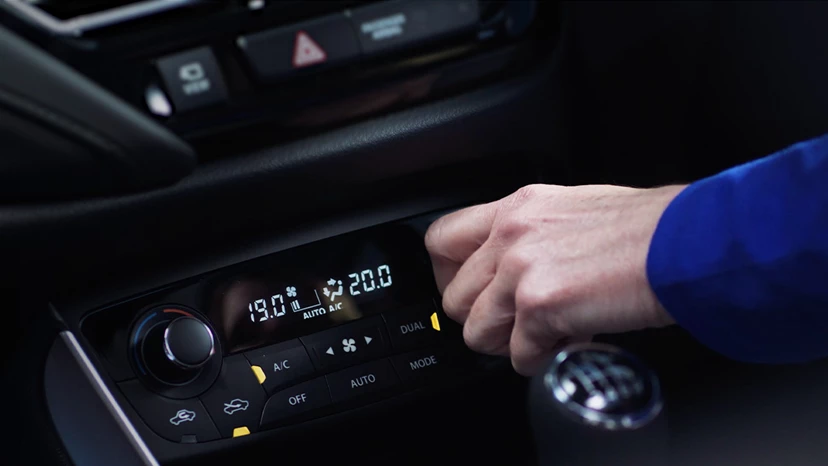

Climate control and heated seats


How to open the sunroof
Features
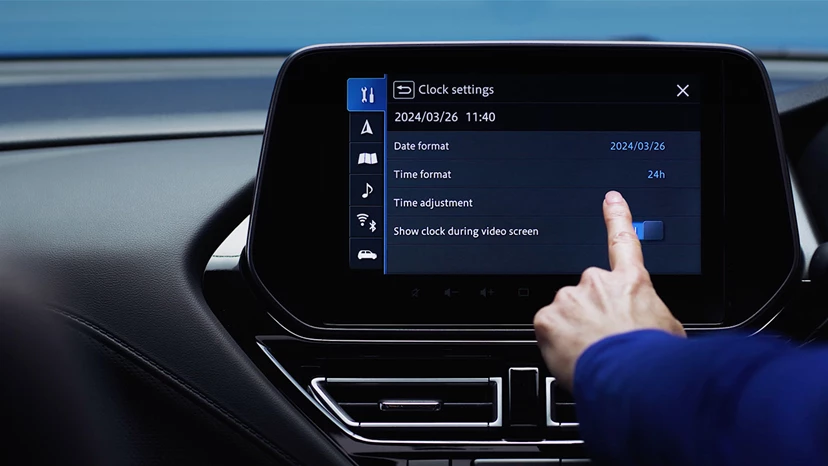

Changing the clock
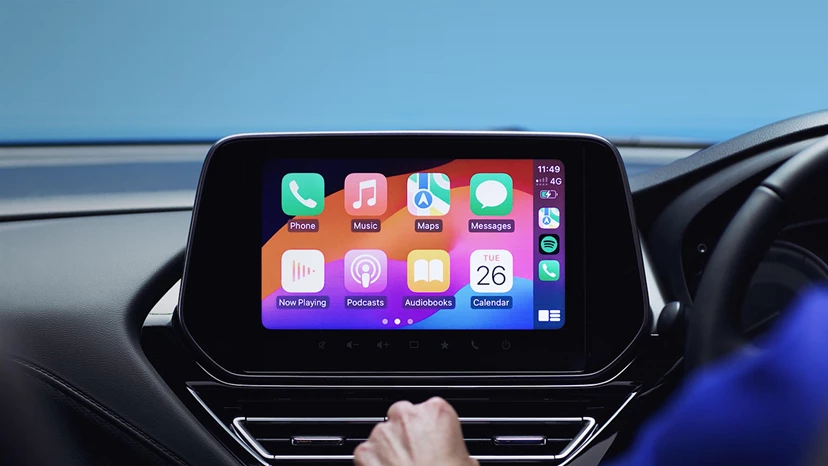

Infotainment


Cruise control
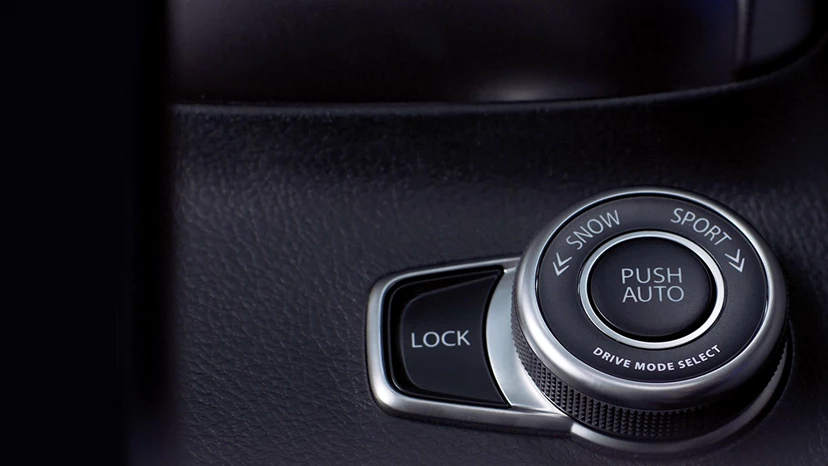

ALLGRIP SELECT 4WD


Suzuki Connect
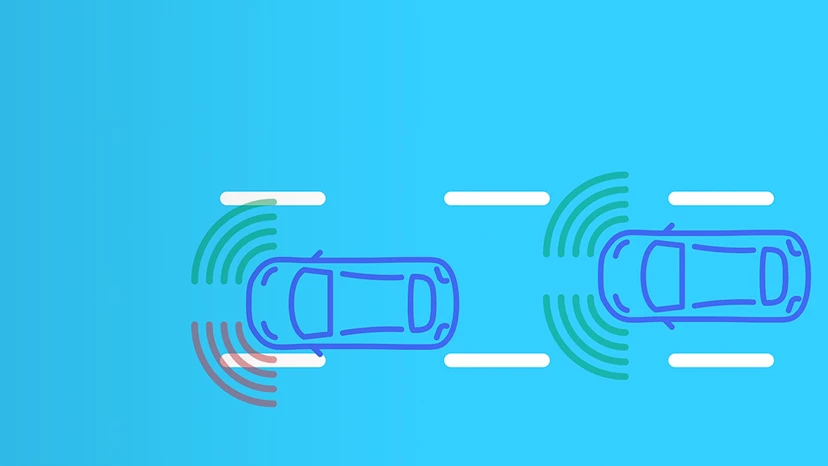

Safety features
USEFUL INFORMATION
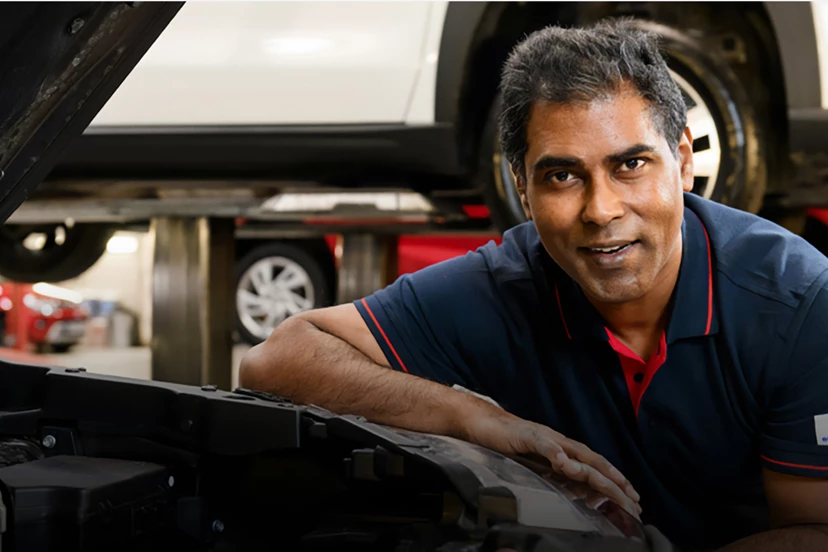
Finding your Suzuki’s VIN

Understanding car acronyms
Find out more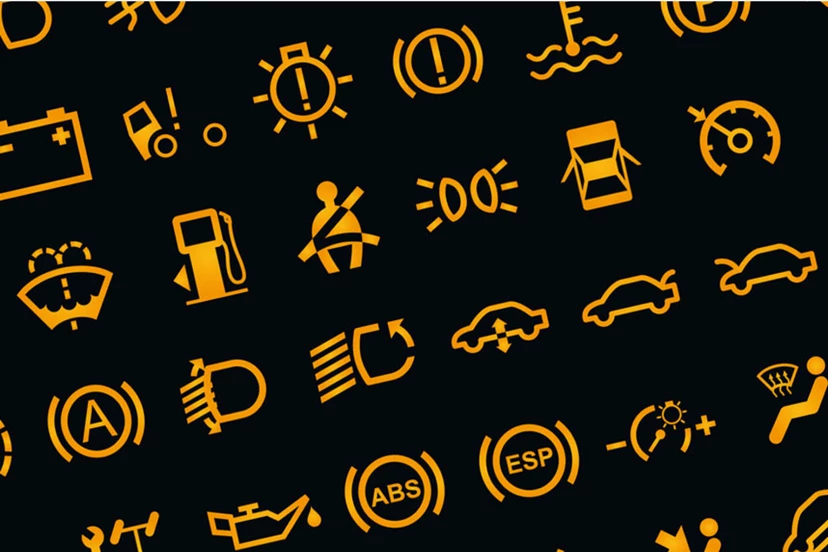
Understanding dashboard lights
Find out more




